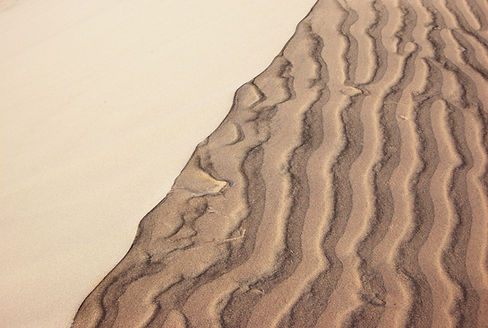Gardens
The landscaped setting of Blandwood was depicted in Andrew Jackson Downing’s 1844 edition of Treatise on the Theory and Practice of Landscape Gardening Adapted to North America. The depiction blends a casual landscape of feature trees and shrubs with carefully placed urns and sculpture. Though it is unlikely davis woodblock print 1844the gardens at Blandwood ever matched the woodblock print that was featured in Treatise, early photographs document the influence Downing had on the design of the urban estate, including a curvilinear drive, an arrangement of urns, and a free form placement of native (black walnut, black oak, and white oak) and exotic (crape myrtle, ginkgo, and magnolia) trees. The gardens received numerous references in letters and journals during Governor Morehead’s occupancy of the house. Eldest daughter Letitia Morehead Walker wrote on 9 May 1846 “…our gardens are looking beautifully, bushes and trees in full foliage and roses to rival the vale of Cashmere (in numbers). We had flowers abundance on our pic-nic the 1 of May. Many of the ladies endeavored by care & industry to have a mess of peas on the 1st but I’ve hear of no such rarity yet! All other vegetables in abundance.” Blandwood’s rose garden, or rosarium, is open to the public and used to present early and mid-nineenth century rose species. The parterre garden was reestablished around 1975 on the site of an earlier garden. Hedging and low masonry walls frame beds filled with period bush and shrub roses that were popular when Letitia Morehead Walker cultivated the garden in the 1840s. In spring and late summer, they provide eye-catching color and fragrance, from the pink Champney’s Cluster (1811) to the apricot blend of Safrano (1839). The rosarium is a popular location for weddings…just steps away from the Blandwood Carriage House. The landscape and gardens of Blandwood remain well-preserved in spite of its location in the midst of a 200-year old city.

